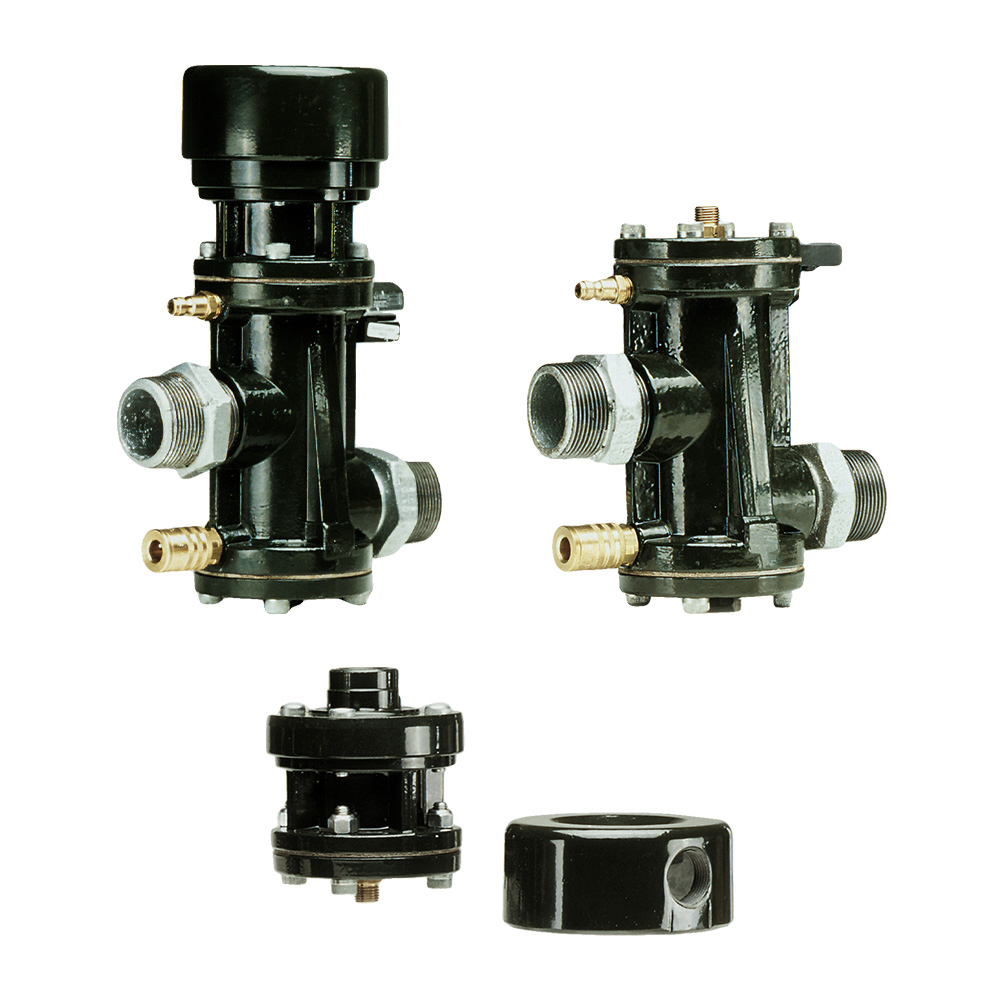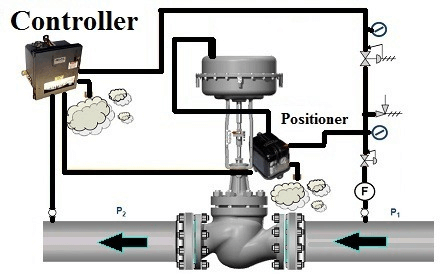Achieve Seamless Assimilation and Control With Quality Building Automation Controls
In the world of modern-day structure administration, the significance of high quality structure automation controls can not be overemphasized. Accepting top quality structure automation controls is not merely a matter of comfort however a calculated important for organizations intending to optimize their facilities' efficiency and sustainability.

Development of Structure Automation Controls
Throughout the past couple of decades, the advancement of building automation controls has actually substantially transformed the means structures are managed and run. At first, building automation systems primarily concentrated on standard functions such as managing ventilation, air, and home heating conditioning (COOLING AND HEATING) systems. Nevertheless, as innovation advanced, these controls have become much more innovative, permitting a bigger array of building systems to be incorporated and taken care of centrally.
The advancement of constructing automation controls has seen a shift in the direction of even more intelligent systems that can adapt to altering problems in real-time. This flexibility is essential for enhancing energy effectiveness and ensuring occupant comfort. In addition, modern-day structure automation controls currently supply features such as predictive maintenance, remote monitoring, and data analytics, allowing center supervisors to make data-driven choices to boost building efficiency.

Advantages of Quality Integration
The innovation in building automation regulates towards more intelligent systems has highlighted the considerable benefits of high quality assimilation in optimizing building operations and improving overall effectiveness. This central control additionally provides much better presence and understandings into building performance, making it possible for proactive upkeep and optimization strategies. Overall, the advantages of high quality assimilation in structure automation controls are undeniable, using raised performance, convenience, and functional efficiency.
Improved Individual Experience and Access
Enhancing customer interaction with building automation controls through intuitive style and improved availability raises the overall experience for owners and facility supervisors alike. By concentrating on individual experience, constructing automation systems can become much more effective and easy to use. User-friendly user interfaces, clear navigation, and adjustable settings empower individuals to communicate with the controls conveniently and effectively.
Accessibility attributes play an important function in ensuring that all people, including those with specials needs, can make use of the structure automation manages effortlessly. Click This Link Incorporating attributes such as voice commands, tactile switches, and color-contrasted screens can boost access and make the controls a lot more inclusive.
Additionally, enhanced individual experience leads to greater user complete satisfaction, boosted productivity, and much better decision-making. Occupants can adjust ecological settings according to their choices, while facility managers can effectively manage and check building systems - control valves. In general, focusing on user experience and availability in building automation regulates contributes to a much more productive and seamless structure setting for all stakeholders involved
Sustainable Practices Via Automation

Moreover, automation can assist in the assimilation of renewable resource sources such as photovoltaic panels or wind turbines into building procedures. By instantly readjusting energy use based on the accessibility of eco-friendly energy, structures can better reduce their reliance on non-renewable sources. This this link seamless assimilation of sustainable methods not just profits the environment yet also enhances the general functional efficiency and cost-effectiveness of the structure. Via automation, buildings can align with contemporary sustainability goals and add to a greener future.
Future Trends in Structure Control Equipment
In expectancy of progressing modern technologies and progressing sustainability techniques, the trajectory of structure control systems is poised to accept transformative methods and ingenious options. One popular trend forming the future of building control systems is the enhanced integration of Expert system (AI) and equipment discovering. These technologies enable structures to adapt in real-time to changing conditions, enhancing energy consumption and boosting convenience for occupants. In addition, the why not try this out Web of Points (IoT) is changing structure control systems by attaching gadgets and sensors to enhance and streamline procedures performance.
An additional crucial trend is the focus on cybersecurity actions to safeguard versus prospective hazards to developing automation systems. As structures become a lot more interconnected, making sure robust cybersecurity protocols will certainly be important to protect delicate data and avoid unapproved access.
Moreover, the shift in the direction of cloud-based systems is acquiring momentum, permitting streamlined control and remote accessibility to structure systems. This promotes less complicated tracking, upkeep, and updates, boosting the general performance and flexibility of structure control systems. As technology proceeds to advancement, these patterns are anticipated to form the future landscape of structure automation controls, driving advancement and sustainability in the constructed environment.
Conclusion
Future fads in structure control systems are likely to focus on more boosting automation capabilities for boosted power effectiveness and overall performance. It is vital for building proprietors and operators to prioritize the adoption of quality structure automation manages to optimize structure procedures and attain lasting sustainability goals.
In the world of modern structure administration, the relevance of high quality building automation controls can not be overemphasized. Generally, the evolution of building automation controls proceeds to drive development in the structure administration industry, offering brand-new opportunities for producing smarter and more lasting structures.
The development in structure automation manages in the direction of more intelligent systems has actually highlighted the considerable benefits of quality combination in optimizing building operations and enhancing general performance. In general, focusing on user experience and accessibility in building automation manages adds to an extra productive and seamless structure atmosphere for all stakeholders involved.
It is crucial for building owners and drivers to prioritize the fostering of quality building automation manages to maximize structure operations and achieve long-lasting sustainability objectives. - control valves